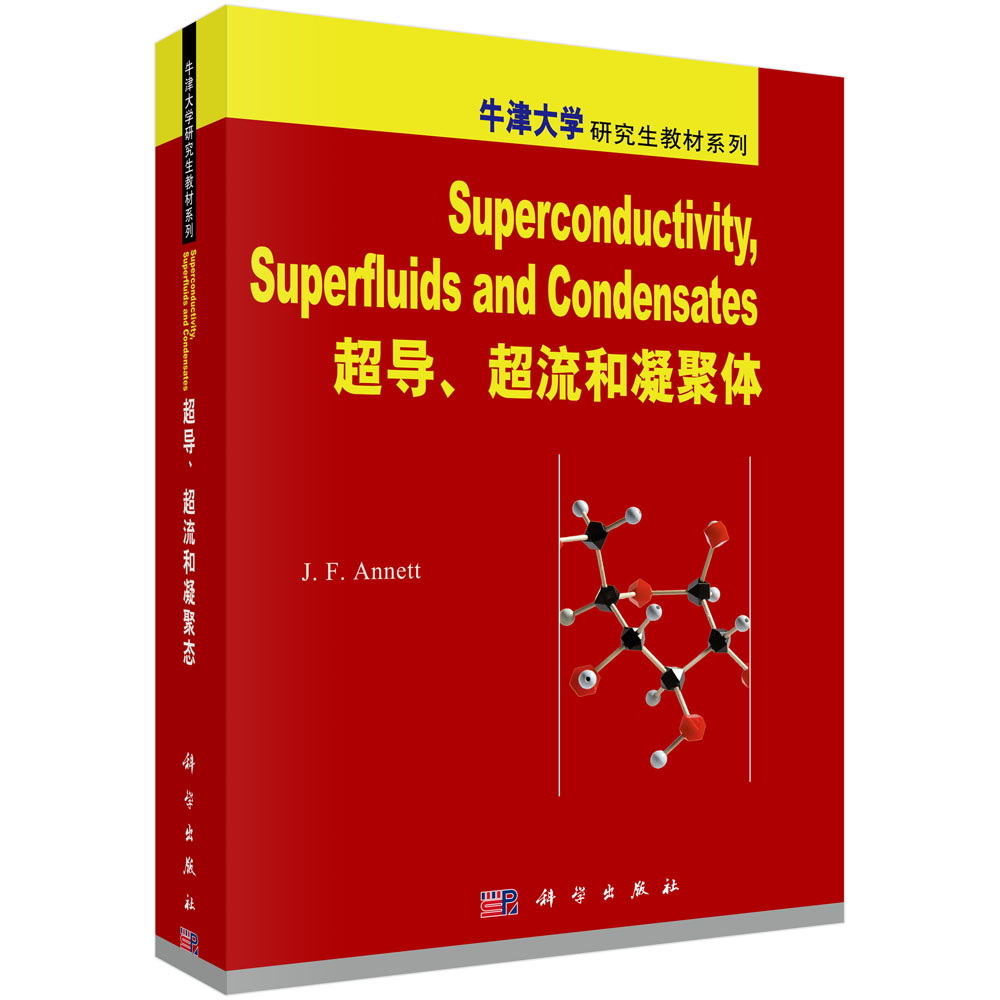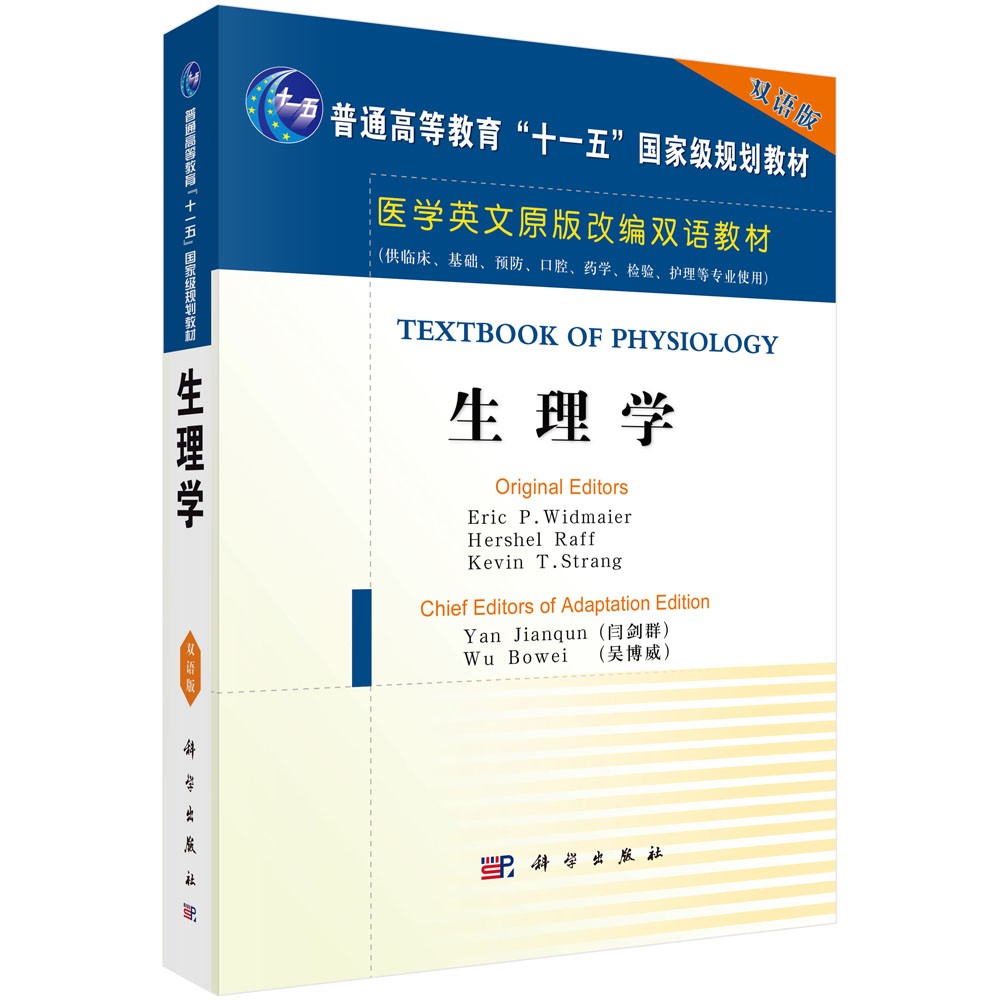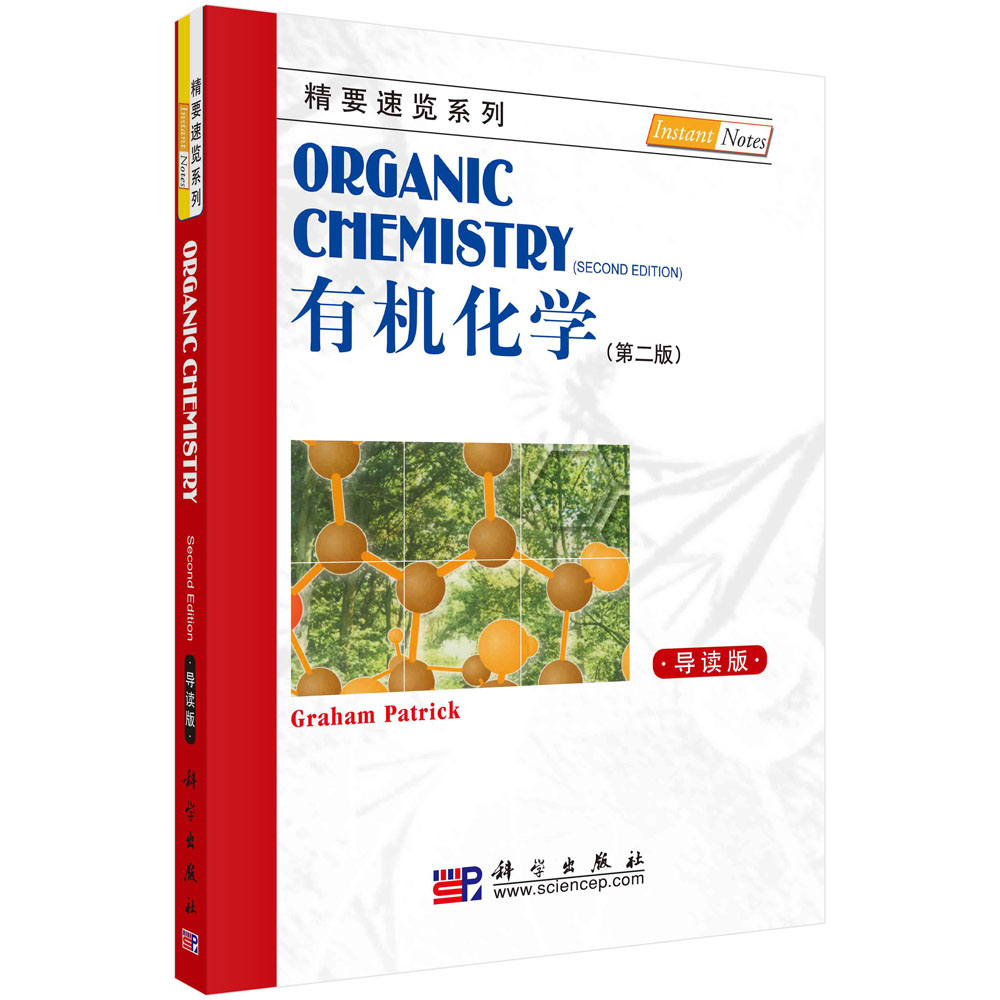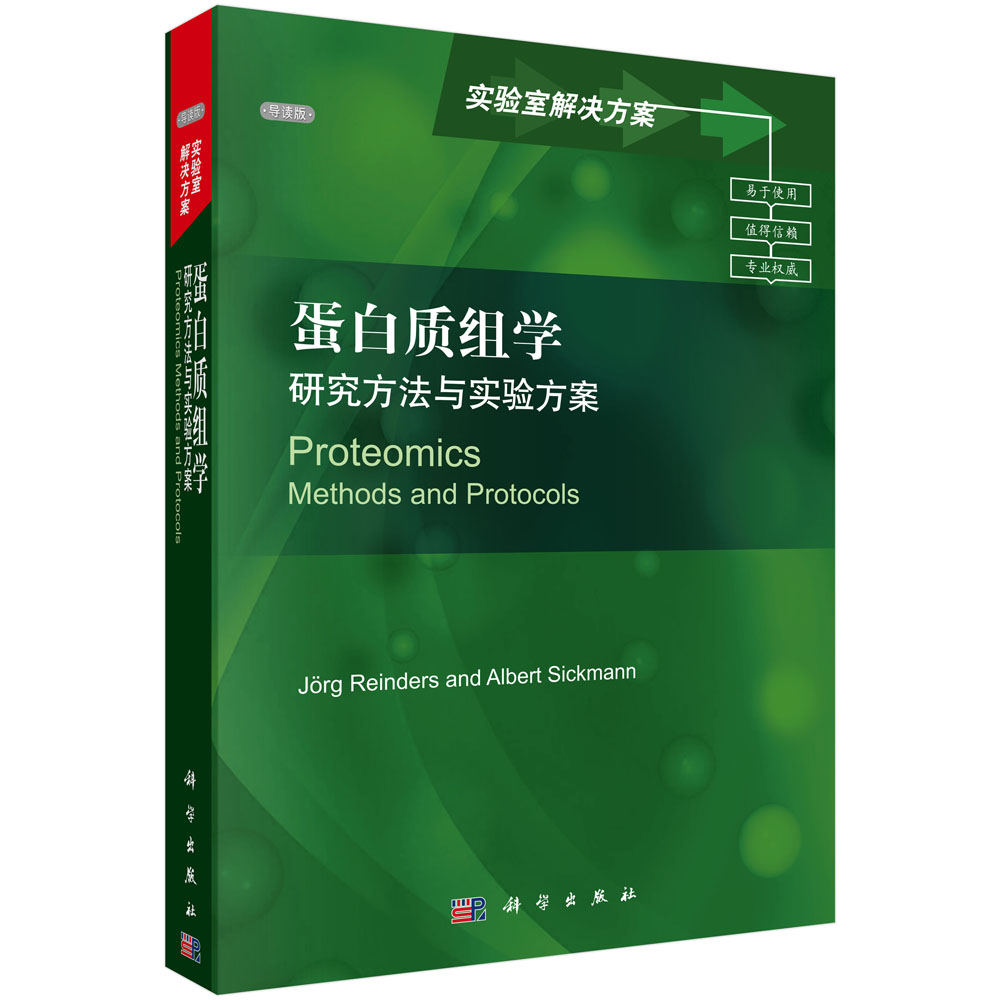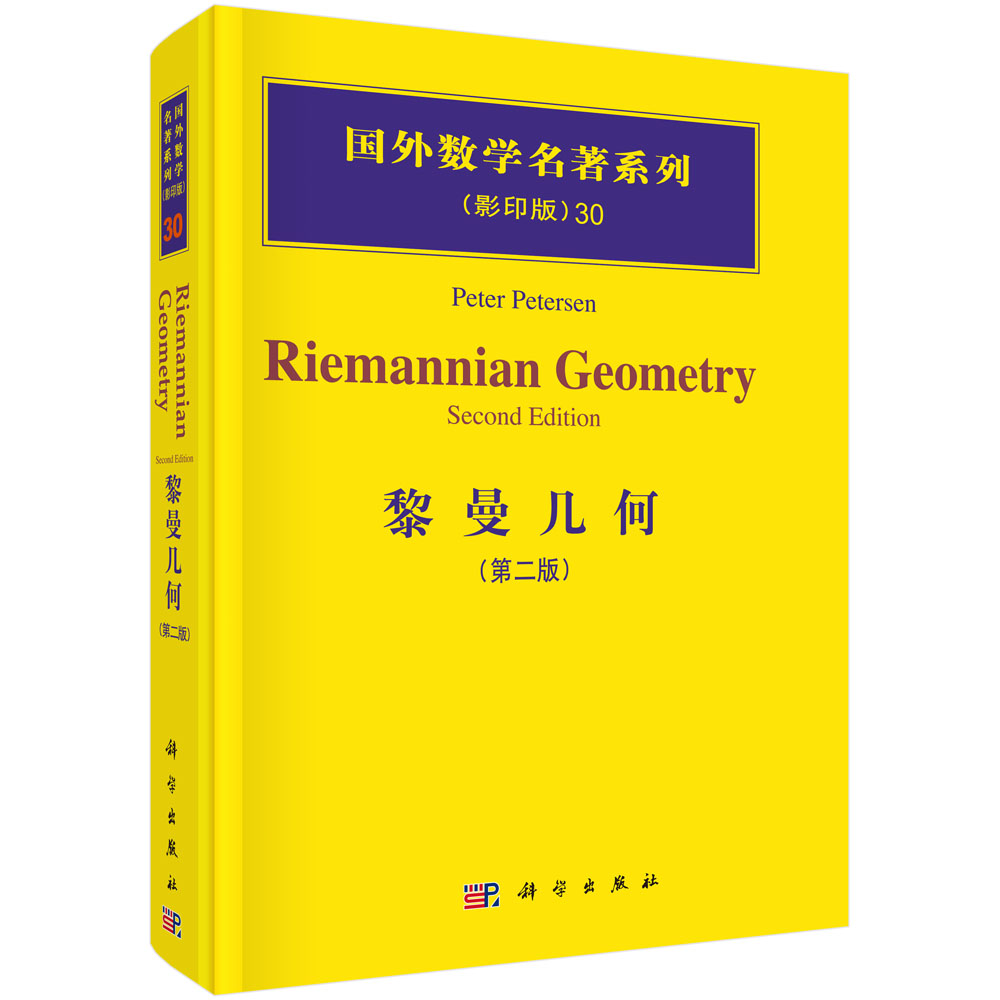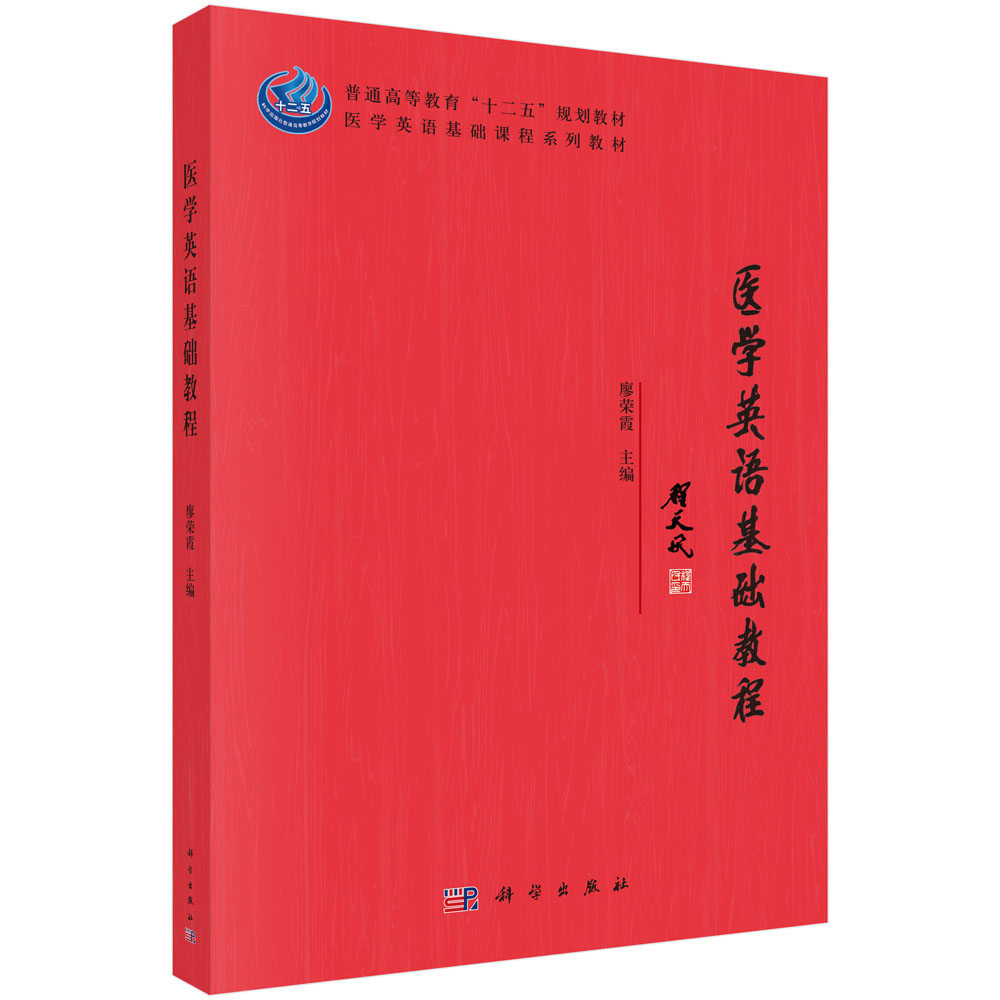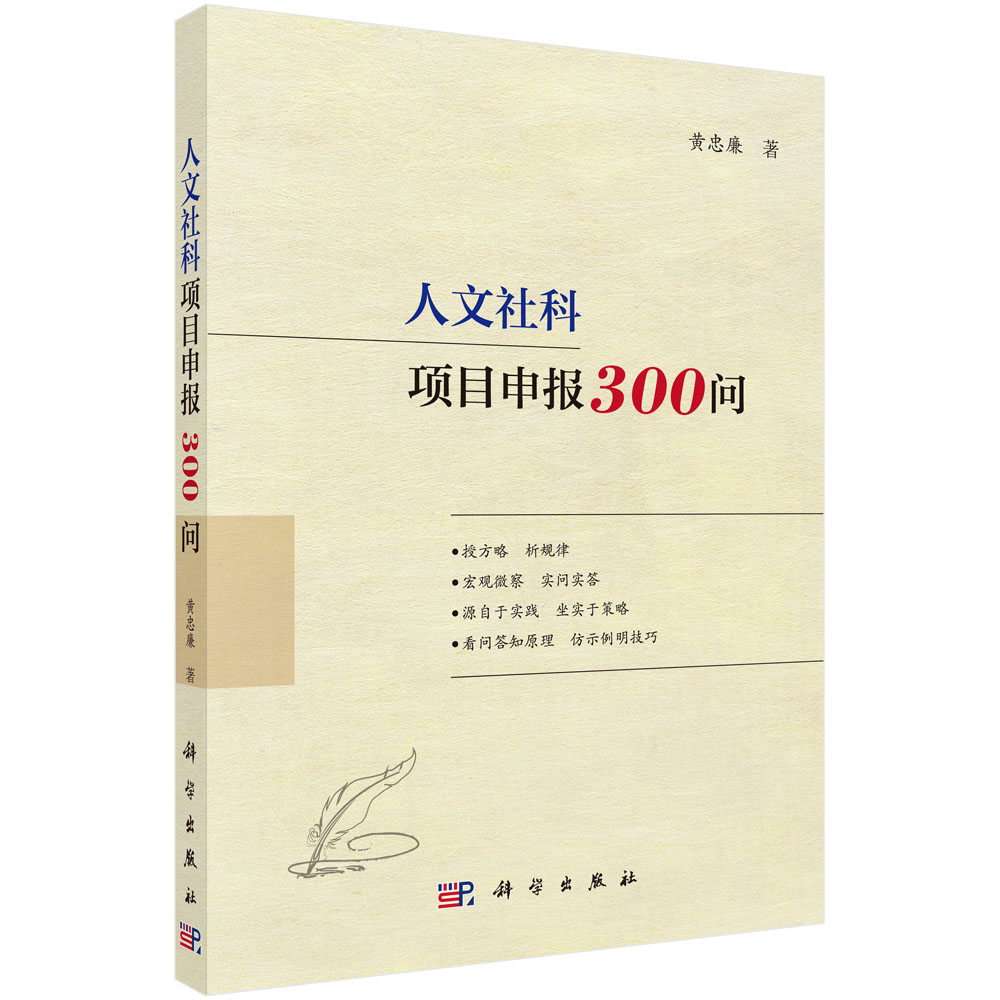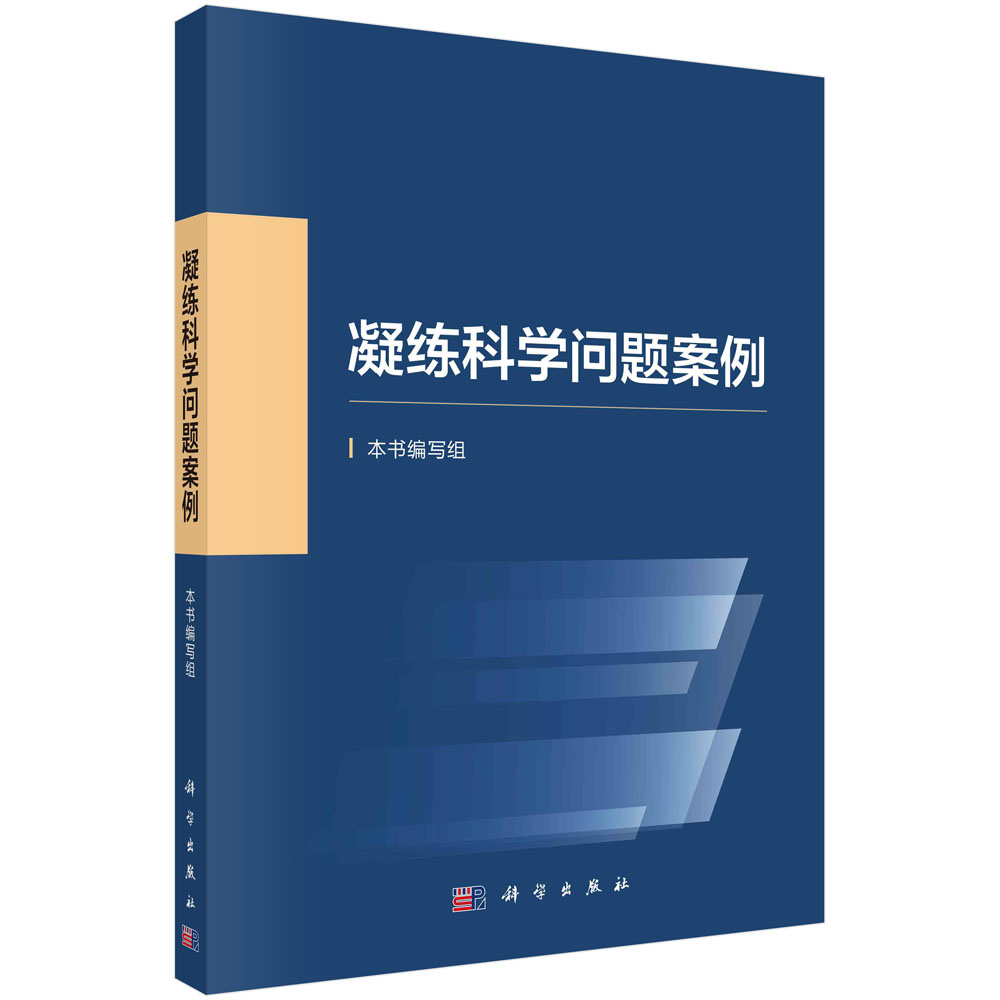目录
- Contents
1 Introduction 1
1.1 Engineering Materials and Its Surface 1
1.2 Surface Engineering and Its Classification 2
1.2.1 Concept of Surface Engineering 2
1.2.2 Surface Hardening Technology 3
1.2.3 Surface Covering Technology 4
1.2.4 Surface Alloying/Metallurgy Technology 5
1.2.5 Classification Table 6
1.3 Existing Surface Alloying Technology 7
1.3.1 Conventional Surface Alloying Technology 7
1.3.2 Modern Surface Alloying Technology 8
1.3.3 Concept of Plasma Surface Metallurgy 8
1.4 Glow Discharge and Plasma Nitriding 9
1.4.1 History of Glow Discharge 9
1.4.2 Concept of Plasma 10
1.4.3 Advent of Plasma Nitriding in Germany 10
References 11
2 Plasma Nitriding 13
2.1 Glow Discharge and Its Characteristics 13
2.1.1 Characteristics of Glow Discharge 13
2.1.2 Stratified Phenomenon 14
2.1.3 Interactions Between Ions and Material Surface 15
2.2 Plasma Nitriding Process 17
2.2.1 Basic Principle 17
2.2.2 Advantages 18
2.2.3 Industrial Applications 18
2.3 Other Plasma Surface Alloying Technology 19
2.3.1 Plasma Carburizing 19
2.3.2 Plasma Nitro-Carburizing 19
2.3.3 Plasma Sulphurizing 19
2.4 Restriction of Plasma Nitriding 20
2.5 Development of Plasma Nitriding in China 20
References 21
3 Double Glow Discharge Phenomenon and Its Applications 23
3.1 What Is Double Glow Discharge Phenomenon? 23
3.2 Discovery of Double Glow Discharge 24
3.3 Double Glow Discharge Modes 25
3.3.1 Independent Discharge Mode 25
3.3.2 Dependent Discharge Mode 25
3.3.3 Pulse Discharge Mode 26
3.3.4 Other Discharge Mode 26
3.4 Double Glow Hollow Cathode Discharge (DG-HCD) 26
3.4.1 Hollow Cathode Discharge (HCD) 26
3.4.2 Concept of DG-HCD 28
3.4.3 Current Amplification Effect of DG-HCD 29
3.5 Advent of Double Glow Plasma Surface Alloying/Metallurgy(Xu-Tec Process) 30
3.5.1 First Experimental Device 30
3.5.2 First Microstructure of Tungsten Surface Alloy 31
3.5.3 Other Considerations 32
References 32
4 Double Glow Plasma Surface Alloying/Metallurgy Technology 33
4.1 Introduction 33
4.2 Basic Principle 34
4.3 Diffusion Mechanism 36
4.4 Process Operation 37
4.5 Configuration of Working-Piece and Source Electrode 38
4.5.1 Plate Type 38
4.5.2 Cave Type 39
4.5.3 Deep Well Type 40
4.6 Technological Parameters 40
4.6.1 Measurable Parameters 40
4.6.2 Typical Process Parameters 47
4.6.3 Nonmeasurable Parameters 48
4.7 Arc Discharge 49
4.7.1 Micro-Arc Discharge 50
4.7.2 Macro Arc Discharge 50
4.7.3 Harmfulness of Arc Discharge 51
4.7.4 Reasons of Arc Discharge 51
4.8 Cathode Power Transmission Device and Gap Protection 53
4.8.1 Requirements of Cathode Transmission Device 54
4.8.2 Principle of Gap Protection 54
4.8.3 Example of Cathode Transmission Device 56
4.9 Advantages of Xu-Tec Process 56
4.10 Requirements for Operators 58
4.11 Xu-Tec Process in USA 58
4.12 Xu-Tec Process in China 59
4.13 Summary and Outlook 60
References 61
5 Physical Basis of Plasma Surface Metallurgy 63
5.1 Glow Discharge and its Discharge Characteristics 63
5.1.1 Gas Discharge 64
5.1.2 Glow Discharge Process 64
5.1.3 Stratification Phenomenon 66
5.1.4 Glow Discharge Characteristics 68
5.2 Low-Temperature Plasma 69
5.2.1 Plasma and Its Generation 69
5.2.2 Characteristics of Double Glow Discharge Plasma 71
5.3 Ion Bombardment and Sputtering 73
5.3.1 General Description of Sputtering Process 73
5.3.2 Preferential Sputtering 75
5.3.3 Alloy Sputtering 75
5.4 Propagation of Glow Discharges 76
5.4.1 Ionization Degree and Mean Free Path 77
5.4.2 Propagation of Plasma in Double Glow Discharges 78
5.5 Diffusion Process Under Ion Bombardment 79
5.5.1 Diffusion Model 80
5.5.2 Diffusion Mechanism 82
5.6 Prospect 85
References 87
6 Plasma Surface Metallurgy of Iron and Steel 89
6.1 Introduction 89
6.1.1 Plasma Surface Alloying and Alloying Element 89
6.1.2 Interaction of Alloying Element with Fe and C 90
6.2 Single-Element Plasma Surface Metallurgy 91
6.2.1 Plasma Surface W Alloying 91
6.2.2 Plasma Surface Ti Alloying 92
6.2.3 Plasma Surface Cr Alloying 93
6.2.4 Plasma Surface Al Alloying 95
6.2.5 Plasma Surface Mo Alloying 95
6.2.6 Plasma Surface Ta Alloying 97
6.3 Multiple-Element Plasma Surface Metallurgy 97
6.3.1 Plasma Surface W-Mo Alloying 98
6.3.2 Plasma Surface Ni-Cr Alloying 99
6.3.3 Plasma Surface Cr-Mo Alloying 99
6.4 Plasma Surface Metallurgy Superalloys 100
6.4.1 Superalloy 100
6.4.2 Plasma Surface Ni-Cr-Mo-Nb Superalloys 101
6.4.3 Plasma Surface Ni-Cr-Mo-Cu Superalloys 102
6.5 Plasma Surface Metallurgy Precipitation Hardening
Stainless Steels 103
6.5.1 Plasma Surface Alloying Process 103
6.5.2 Age Hardening Process 104
6.5.3 Corrosion and Wear Tests 104
6.6 Plasma Surface Metallurgy Antibacterial Stainless Steels 105
6.6.1 Cu-Antibacterial Stainless Steel 105
6.6.2 Ag-Antibacterial Stainless Steel 106
6.6.3 Ag-Cu Antibacterial Stainless Steel 106
6.7 Plasma Composite Treatment 106
6.7.1 Plasma Titanium and Titanium-Nitrogen Alloying 107
6.7.2 Brush Plating and Plasma Surface Alloying 107
6.8 Summary 107
References 108
7 Plasma Surface Metallurgy High-Speed Steel 109
7.1 High-Speed Steels (HSS) 109
7.1.1 Conventional Metallurgy HSS 109
7.1.2 Powder Metallurgy HSS 110
7.1.3 Plasma Surface Metallurgy HSS 110
7.2 Plasma Surface Metallurgy W-Mo HSS 111
7.2.1 Plasma Surface W-Mo Alloying 111
7.2.2 Carburizing, Quenching and Tempering 112
7.3 Plasma Surface Metallurgy Aging Hardening HSS 113
7.3.1 Aging Hardening HSS and Its Excellent Cutting
Performance 113
7.3.2 Plasma Surface W-Mo-Co Alloying 113
7.3.3 Decarburization and Its Effect on Microstructure 115
7.3.4 Solid Solution and Aging Treatment 118
7.4 Plasma Surface Metallurgy W-Mo-C HSS 120
7.5 Plasma Surface Metallurgy W-Mo-Ti HSS 122
7.5.1 Plasma W-Mo-Ti Alloying 122
7.5.2 Carburizing 123
7.5.3 Quenching and Tempering 124
7.6 Plasma Surface Metallurgy Mo-Cr Low Alloy HSS 124
7.7 Conclusion and Prospects 126
References 126
8 Plasma Surface Metallurgy of Titanium and Titanium Alloys 129
8.1 Introduction to Titanium and Titanium Alloys 129
8.1.1 Classification and Properties 129
8.1.2 Effect of Alloying Elements 130
8.1.3 Optimal Alloying Parameters 131
8.2 Plasma Surface Metallurgy Wear-Resistant Alloys 132
8.2.1 Double Glow Plasma Molybdenizing 132
8.2.2 Double Glow Plasma Molybdennitriding 135
8.3 Plasma Surface Metallurgy Flame-Resistant Alloys 137
8.3.1 Method for Protecting Titanium Alloy from “Titanium Fire” 137
8.3.2 Plasma Surface Metallurgy Ti-Cu Flame-Resistant Alloy 139
8.3.3 Plasma Surface Metallurgy Ti-Cr Flame-Resistant Alloy 141
8.3.4 Plasma Surface Metallurgy Ti-Mo Flame-Resistant Alloy 143
8.3.5 Plasma Surface Metallurgy Ti-Nb Flame-Resistant Alloy 148
8.4 Plasma Surface Metallurgy Ti-Pd Corrosion-Resistant Alloy 149
8.4.1 Overview of Corrosion-Resistant Titanium Alloys 149
8.4.2 Plasma Surface Metallurgy Ti-Pd Alloy 150
8.4.3 Corrosion Resistance of Plasma Surface Ti-Pd Alloy 151
8.5 Plasma Surface Metallurgy Ti-Nb Corrosion-Resistant Alloy 152
8.6 Plasma Surface Carburizing Without Hydrogen 153
8.6.1 Plasma Carburizing with no Hydrogen 153
8.6.2 Microstructure and Composition of Carburized Layer 154
8.6.3 Tribological Properties 157
8.7 Applications 158
8.8 Prospect 159
References 160
9 Plasma Surface Metallurgy of Intermetallic Compounds 163
9.1 Background 163
9.1.1 Intermetallic Compound and Its Classification 163
9.1.2 Conventional Surface Treatment 165
9.2 Plasma Surface Metallurgy of TiAl 165
9.2.1 Plasma Surface Metallurgy Nb-Alloy 165
9.2.2 Plasma Surface Metallurgy Mo-Alloy 169
9.2.3 Plasma Surface Metallurgy Cr-Alloy 172
9.2.4 Plasma Surface Metallurgy Ni-Cr-Mo-Nb Alloy 174
9.3 Plasma Surface Metallurgy of Ti2AlNb 174
9.3.1 Plasma Surface Metallurgy Cr-Alloy 174
9.3.2 Plasma Surface Metallurgy Mo-Alloy 175
9.4 Prospect 177
References 177
10 Plasma Surface Metallurgy of Other Materials 179
10.1 Plasma Surface Metallurgy of Copper and Copper Alloys 179
10.1.1 Plasma Surface Metallurgy Ti Alloy 180
10.1.2 Plasma Surface Metallurgy Ni Alloy 182
10.2 Plasma Surface Metallurgy of Niobium Alloy 182
10.2.1 Plasma Surface Metallurgy Ir Alloy 183
10.2.2 Plasma Surface Metallurgy Mo Alloy 183
10.2.3 Plasma Surface Metallurgy Fe-Cr-Mo-Si Alloy 184
10.3 Plasma Surface Metallurgy of Molybdenum 185
10.4 Plasma Surface Metallurgy of Tungsten 186
10.5 Plasma Surface Metallurgy of C/C Composite 187
10.6 Plasma Surface Metallurgy Ta Alloy 188
10.7 Plasma Surface Metallurgy Fe-Al-Cr Alloy 191
10.8 Prospect 193
References 194
11 Gradient Ceramization of Metal Surface and Metallization of Ceramic Surface 197
11.1 Ceramization of Carbon Steels 197
11.1.1 Plasma Surface Metallurgy TiN Ceramic 198
11.1.2 Plasma Surface Metallurgy WC Ceramic 203
11.1.3 Plasma Surface Metallurgy TiC Ceramic 208
11.1.4 Plasma Surface Metallurgy Ti(CN) Ceramics 210
11.2 Metallization of Ceramics 211
11.2.1 Metallization of TiSi30 Ceramic 211
11.2.2 Metallization of Si3N4 Ceramic 212
11.2.3 Plasma Surface Metallurgy Ta-C on Diamond and Cemented Carbide 214
11.2.4 Surface Metallization of Diamond Films 217
11.3 Plasma Surface Metallurgy Gradient-Function Luminescent Ceramics Er-ZrO2 on Ti6Al4V 218
11.3.1 Zirconia Functional Ceramics 218
11.3.2 Material Preparation and Processing Parameters 219
11.3.3 Microstructure Analysis 219
11.3.4 Friction and Wear Properties 221
11.3.5 Special Gradient Luminescent Properties 222
11.4 Prospect 223
References 224
12 Industrial Applications and Equipment Scaling-Ups of Xu-Tec Process 227
12.1 Xu-Tec High-Speed Steel (HSS) Handsaw Blade 227
12.1.1 Xu-Tec HSS Process 227
12.1.2 Working-piece-Source Structure for Xu-Tec Handsaw Blade 228
12.1.3 Production Processes 229
12.1.4 Microstructure and Composition 231
12.1.5 Cutting Performance 234
12.1.6 Industrialization 234
12.2 Xu-Tec HSS Treatment of Colloid Mill 235
12.2.1 Introduction 235
12.2.2 Process of Xu-Tec HSS Colloid Mill 236
12.2.3 Workpiece-Source Configuration Setup for Colloid Mill 236
12.2.4 Surface Alloying, Carburizing, Quenching, and Tempering 237
12.2.5 Assessment and Economic Benefits 241
12.3 Plasma Surface Metallurgy Ni-Cr Corrosion Resistant Alloy Plate 241
12.3.1 Plasma Surface Ni-Cr Alloying 242
12.3.2 Workpiece-Source Setup for Steel Plate Alloying 242
12.3.3 Corrosion Resistance Test 243
12.3.4 The Most Important Industry Application 245
12.4 Plasma Surface Metallurgy Chemical Valves and Flanges 245
12.5 Xu-Tec Equipment 246
12.5.1 Diagram of Xu-Tec Industrial Furnace 246
12.5.2 Existing Furnaces and Its Applications 247
12.5.3 Composition and Function of Each Part 248
12.5.4 Technical Specifications 252
12.5.5 Differences Between Xu-Tec Furnace and Plasma Nitriding Equipment 253
12.6 Prospect and Outlook 253
References 254
13 Other Technologies by Double Glow Discharge Plasma Phenomenon 257
13.1 Arc Plasma Added Double Glow Surface Alloying Technology 257
13.2 Double Glow Plasma Brazing Technology 258
13.3 Double Glow Plasma Sintering Technology 259
13.4 Double Glow Plasma Nano-Powder Technology 260
13.5 Double Glow Plasma Thin Diamond Film Technology 261
13.6 Double Glow Plasma Sputter Cleaning Technology 262
13.7 Double Glow Plasma Chemistry 264
13.8 Prospect 265
References 265
Closing Remarks 267
